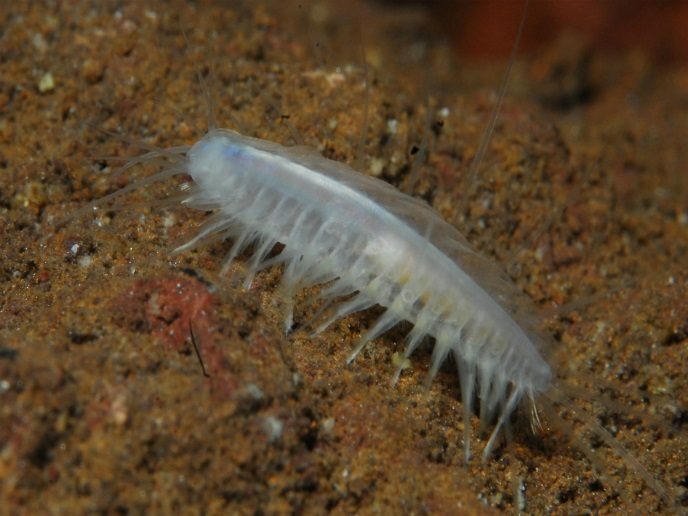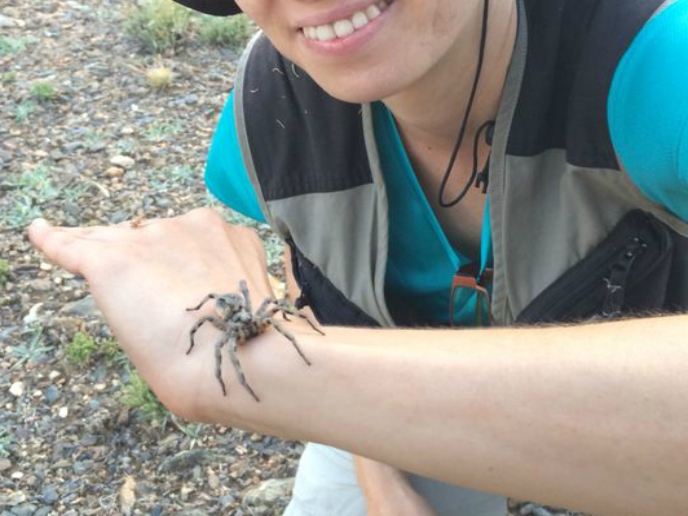New database increases knowledge of subterranean evolution
Anchialine environments are landlocked water bodies with a subterranean connection to the ocean. Found worldwide, they can be considered equivalent to islands for terrestrial environments as they encompass young, discrete habitats with comparable ecological conditions to those of the sea. This allows them to be used to study similar evolutionary processes. The ANCAVE project gathered, organised and studied data on animal communities inhabiting anchialine environments, using them as a model to investigate evolutionary patterns and processes in island-like marine habitats. This research was undertaken with the support of the Marie Skłodowska-Curie programme. All anchialine habitats around the world indicate high levels of endemism, by harbouring species with a unique set of adaptations from living in caves, and ancient lineages so they can be described as living fossils. “We tested these observations and the processes related to them by analysing large data sets with both macroecological and phylogenetic methods and a broad theoretical perspective from the fields of evolutionary ecology, comparative evolution and island biogeography,” says project coordinator Diego Fontaneto.
A valuable tool
Researchers sought to explain the link between the ecological and evolutionary processes observed in these habitats, which are easy to isolate and test, with those affecting oceanic ecosystems. “This will provide a valuable tool for achieving a deeper understanding of marine life. Whereas similar approaches are well characterised in terrestrial environments, for example islands, they are missing for the ocean, which hinders our understanding of the processes occurring there,” Fontaneto explains. Research fellow Alejandro Martinez developed the Stygofauna Mundi database, which contains the most comprehensive information on subterranean aquatic species and is easily accessible through an open-access repository. “The database integrates all previously published information on all types of subterranean aquatic environments and contains more than 120 000 records from around the world,” notes Martinez. Stygofauna Mundi enables any operator to easily interact with the data set, using caves as a model system to help answer evolutionary and ecological questions. Potential users are expected to include scientists looking for data to help with their research as well as managers and stakeholders searching for updated information to support their data-driven conservation and administration policies.
No mere transition zone
The database is further supported by large phylogenies, some of which were produced during ANCAVE, for some of the key groups living in anchialine environments. Phylogenies are tools that show the evolutionary relationships amongst different species, providing data on their timing and mode of speciation, as well as a framework for understanding evolutionary processes. ANCAVE combined the information in phylogenetic tree diagrams with the data from the Stygofauna Mundi database, a crucial step to understand the evolutionary processes underlying the actual distribution of subterranean species. “Our results confirmed the idea that anchialine systems are discrete environments, harbouring specific ecological features and exclusive biological lineages, rather than mere transition areas (ecotones) between the ocean and the groundwaters,” observes Fontaneto. At the global scale, the database will provide an updated, easy-to-use tool for studying subterranean aquatic fauna. At a local level, work performed on key species can be used to promote the natural history heritage of certain areas. “For example, the project’s work on Munidopsis polymorpha, a local species of squat lobster, and the remipede Morlockia ondinae has been highlighted by the Lanzarote and Chinijo Islands UNESCO Global Geopark,” Fontaneto points out.
Keywords
ANCAVE, evolution, anchialine, subterranean, caves, island, Stygofauna Mundi, phylogenetic, ecosystem







